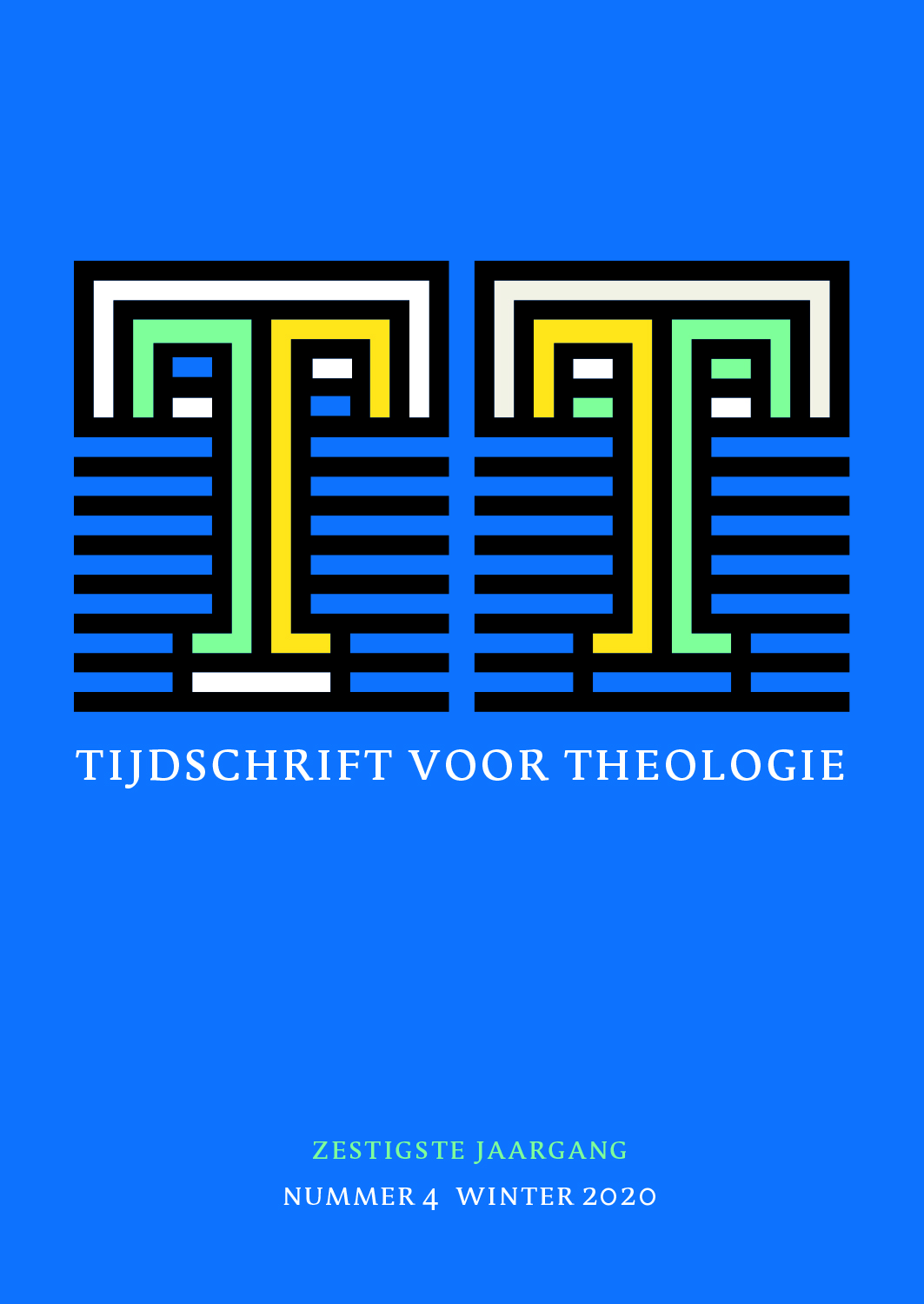 previous article in this issue previous article in this issue | next article in this issue  |

|
Document Details : Title: Het engelmotief in romans van Iris Murdoch en Karl Ove Knausgård Subtitle: Een experiment in theologische antropologie Author(s): DE MAESENEER, Yves , MESZAROS, Julia Journal: Tijdschrift voor Theologie Volume: 54 Issue: 2 Date: 2014 Pages: 147-163 DOI: 10.2143/TVT.54.2.3200476 Abstract : Na Francisco Suárez’ barokke synthese De Angelis (1620) werd de angelologie door theologen overgelaten aan dichters, schrijvers en kunstenaars. Onze bijdrage aan een hedendaagse reflectie over engelen zal vertrekken van een analyse van twee filosofische romans: Iris Murdochs De tijd van de engelen (1966) en Karl Ove Knausgårds Engelen vallen langzaam (2004). In beide gevallen doet het engelmotief veel meer dan het evoceren van mythe en mysterie. Het snijdt fundamentele kwesties aan over de mens en zijn plaats in de wereld. In zekere zin zet dit motief de christelijke traditie voort waarin engelen als model functioneerden voor het menselijk leven. Met name in de spiritualiteit van het eerste millennium werd de christelijke volmaaktheid eerder voorgesteld als een engelenleven (vita angelica) dan als een imitatio Christi. In dit licht kan men kanttekeningen plaatsen bij de moderne theologische tendens om angelologie als frivole speculatie links te laten liggen. Our attempt at a contemporary reflection on the theologically often neglected theme of the angels has as its point of departure an analysis of two philosophical novels: Iris Murdoch’s The Time of the Angels (1966) and Karl Ove Knausgård’s A Time for Everything (2004). Both atheist authors employ the figure of the angel to develop fundamental questions on what it means to be human in our world. In particular, they challenge theologians to confront the fate of the angel figure, the traditional imagination of the spiritual par excellence, after the ‘death of God’. In the first two parts of the article, a motif analysis of the novels, we distinguish three paradigmatic images: the angel as mutant, as idol and as icon. As such we articulate distinctive world-views: while Knausgård sketches a history of the divine, angels and humans, as a process of kenosis and decay in order to portray an imploding immanentist world, Murdoch evokes with the help of the angel figure how her ‘platonic’ retrieval of the transcendent Good can orient modern people facing the spiritual and moral challenges after the death of God. In the third part, our interpretation develops the hypothesis that angels are a crucial motif for a contemporary theological anthropology. Building upon literary resources our argument explores fundamental tensions in theological anthropology: immanence and transcendence, the self and the o/Other, contingency and perfection, historicity and immutability, vulnerability and immortality, body and soul. Our reading of Knausgård and Murdoch challenged us to go against the mainstream theological trend, which tends to put a one-sided emphasis upon the first of the different polar pairs of anthropological terms mentioned. We conclude by articulating two counter-cultural claims: the necessity of immutability (the soul) as a condition of possibility for love, and a plea for perfection. |
|
